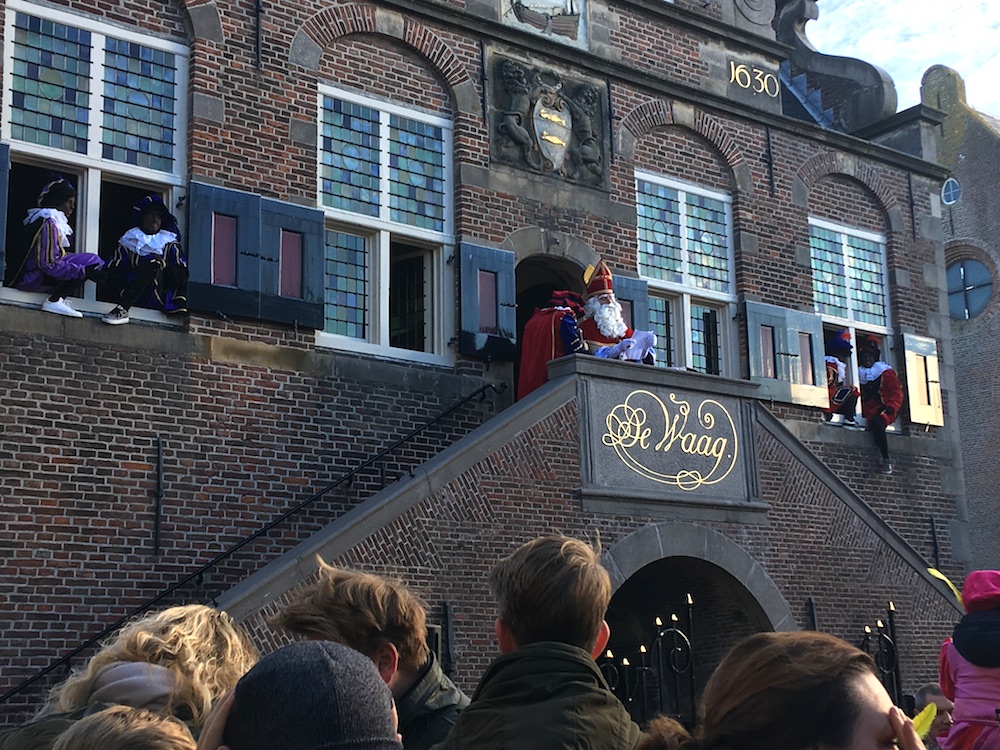Blackface banned: Sooty-faced Piets only at official Sinterklaas arrival


The national Sinterklaas procession in November will only include Piets with sooty faces, public broadcaster NTR, which organises the event, said on Tuesday.
The Sinterklaas festivities kick off in Apeldoorn on November 16 this year. The decision not to have any more Piets in blackface make-up was taken together with Apeldoorn council.
Last year there was a mix of blackface and sooty Piets at the procession, which is broadcast live on television. The NTR first introduced sooty Piets in 2014 and officials said earlier that the change would be phased in over a few years, following campaigning by anti-racism activitists.
The Sinterklaasjournaal, a popular children’s programme which follows the adventures of Sinterklaas, will also only feature sooty Piets, NTR said.
‘This is a historic day,’ said Jerry Afriyie of the campaign group Kick Out Zwarte Piet. ‘This is the day that many black people in this country have waited for.’
‘I think this has been a very difficult decision for the NTR to take,’ he said. ‘It takes guts to make the breakthrough.’
The portrayal of the saint’s helpers by blacked-up white actors has been the focus of many protests in recent years by anti-racism activists.
In 2017 a group of counter-activists blocked the A7 motorway in Friesland to stop anti-racism campaigners reaching Dokkum, the scene of the official arrival ceremony. Last year there were riots and arrests in Eindhoven as Zwarte Piet supporters attacked anti-Piet campaigners.
Acceptance
A survey at the end of last year found increasing numbers of Dutch people are willing to accept changes to the colour of ‘Black Piet’ as the debate about the tradition continues to rage.
Research by I&O found that 44% of people questioned supported the introduction of ‘sooty-faced’ Piets or other variations in appearance, compared to 32% when the survey was last carried out two years ago.
In recent years Piet has lost a number of other characteristics associated with racial stereotyping, such as thick curly hair, puffy red lips and large gold earrings.
Sinterklaas was first given a black page in a book called Sinterklaas and his Servant published in 1850 by school teacher Jan Schenkman. Schenkman also established that Sinterklaas lived in Spain and came to the Netherlands by steam ship.
Thank you for donating to DutchNews.nl.
We could not provide the Dutch News service, and keep it free of charge, without the generous support of our readers. Your donations allow us to report on issues you tell us matter, and provide you with a summary of the most important Dutch news each day.
Make a donation